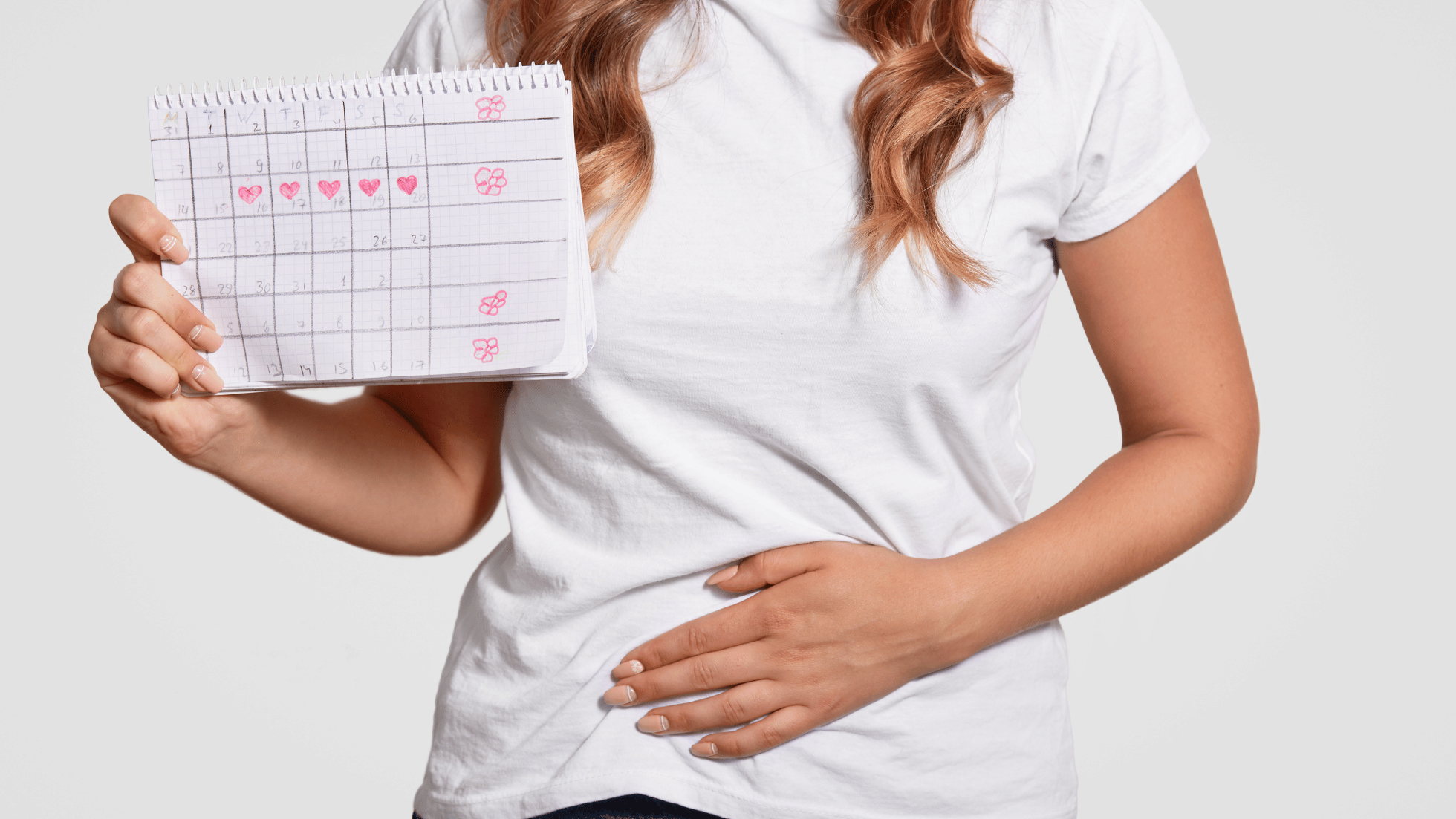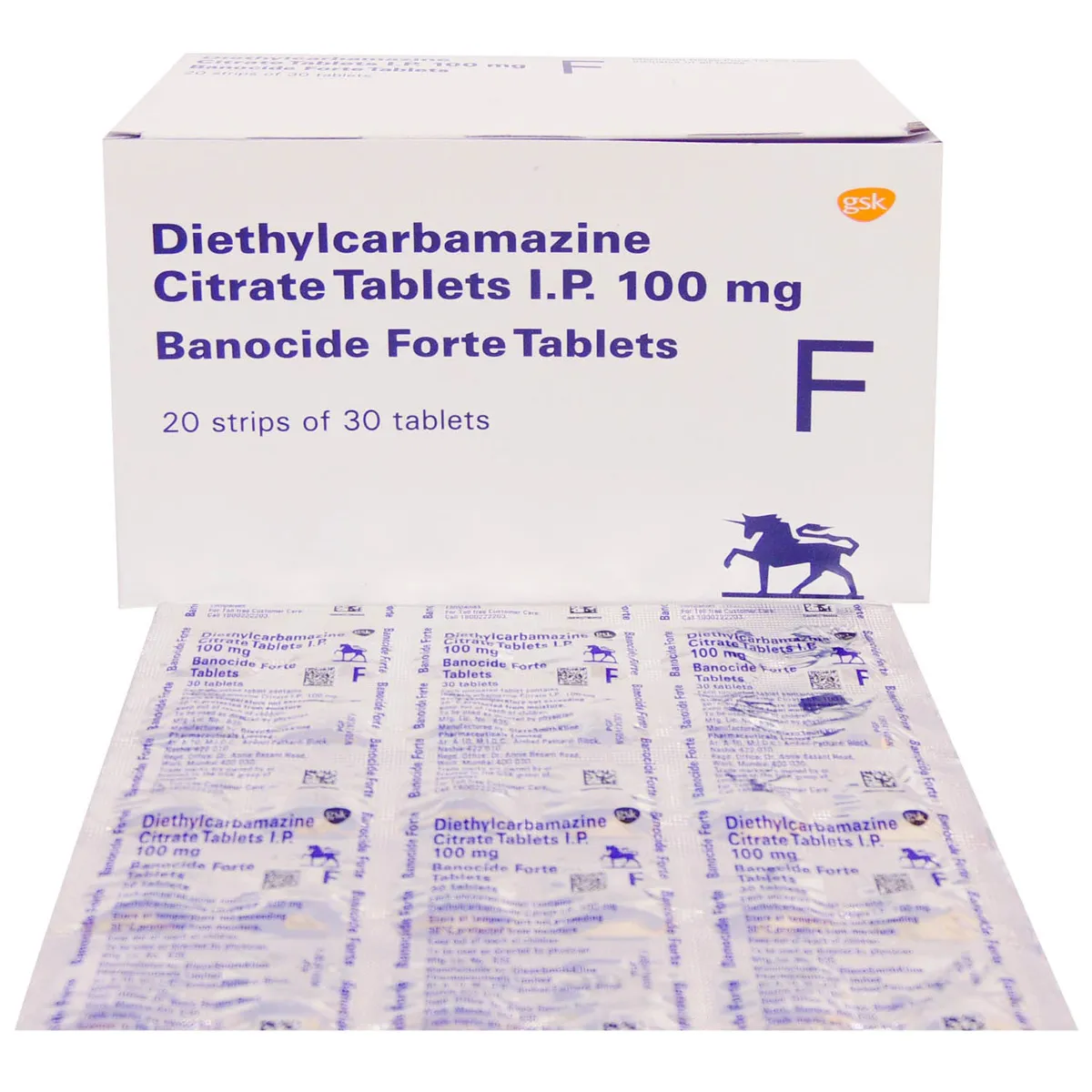The menstrual cycle is a natural and vital process that many women experience monthly. While it’s a sign of reproductive health, it can often come with discomfort and pain, known as menstrual cramps or dysmenorrhea. Understanding the menstrual cycle and effective ways to alleviate period pain is crucial for managing this aspect of women’s health. In this blog post, we’ll delve into the menstrual cycle, its phases, common period pain causes, and various strategies for relief.
The Menstrual Cycle: Phases and Hormonal Changes:
The menstrual cycle consists of several phases, each orchestrated by hormonal fluctuations. It typically spans about 28 days, though this can vary for each individual. The key phases include:
- Menstruation (Days 1-5): This phase begins with the shedding of the uterine lining (endometrium), resulting in menstrual bleeding. Hormone levels, particularly estrogen and progesterone, are low during this phase.
- Follicular Phase (Days 1-13): The pituitary gland releases follicle-stimulating hormone (FSH), prompting the development of ovarian follicles. Estrogen levels rise, stimulating the thickening of the endometrium.
- Ovulation (Around Day 14): A mature egg is released from the ovary due to a surge in luteinizing hormone (LH). This is the most fertile phase of the cycle.
- Luteal Phase (Days 15-28): After ovulation, the ruptured follicle transforms into the corpus luteum, producing progesterone. If the egg is not fertilized, hormone levels drop, leading to menstruation and the start of a new cycle.
Common Causes of Period Pain:
Period pain, especially during menstruation, can vary in intensity and is often caused by:
- Uterine Contractions: The uterus contracts to expel its lining, leading to cramping sensations.
- Prostaglandins: These hormone-like substances trigger strong uterine muscle contractions, contributing to pain.
- Other Factors: Conditions like endometriosis, fibroids, or pelvic inflammatory disease can intensify period pain.
Effective Period Pain Relief Strategies:
- Pain Medications: Over-the-counter nonsteroidal anti-inflammatory drugs (NSAIDs) like ibuprofen can alleviate cramps by reducing prostaglandin production.
- Heat Therapy: Applying a heating pad or taking a warm bath can relax the muscles and ease discomfort.
- Exercise: Regular physical activity, particularly exercises like yoga or walking, can alleviate cramps and improve overall well-being.
- Dietary Adjustments: Consuming a balanced diet and reducing caffeine, alcohol, and salty foods may help manage period symptoms.
- Relaxation Techniques: Practices such as deep breathing, meditation, or acupuncture can reduce stress and relieve menstrual pain.
- Hormonal Birth Control: Some women find relief by using hormonal contraceptives that regulate hormonal fluctuations and reduce the severity of cramps.
Conclusion:
Comprehending the menstrual cycle and the distress associated with menstruation stands as a pivotal factor in the effective management of women’s health. The ability to discern the distinct phases of the menstrual cycle, pinpoint probable triggers for period pain, and embrace impactful strategies for alleviation can significantly empower individuals to adeptly navigate discomfort and enhance their holistic well-being during their menstrual periods.
The menstrual cycle is a complex series of physiological changes that occur in a woman’s body, encompassing various stages, namely menstruation, the follicular phase, ovulation, and the luteal phase. Each phase is characterized by unique hormonal fluctuations and bodily alterations, contributing to the overall menstrual experience. Recognizing these phases enables individuals to better comprehend their bodies and anticipate potential discomfort during specific times of the cycle.
Moreover, understanding the root causes of period pain is pivotal in effectively managing its impact. Factors such as hormonal imbalances, uterine contractions, inflammation, and underlying health conditions can contribute to the severity of menstrual cramps. By identifying these triggers, individuals can tailor their approach to managing discomfort, whether through lifestyle modifications, dietary adjustments, or seeking medical guidance.
Implementing effective relief strategies is crucial in mitigating period-related discomfort. This can encompass a spectrum of approaches, including regular exercise, dietary changes, heat therapy, over-the-counter pain medications, and alternative therapies like acupuncture or yoga. Furthermore, seeking professional medical advice allows for personalized treatment plans that address individual needs, ensuring more targeted and efficient relief.
By amalgamating knowledge of the menstrual cycle’s phases, understanding potential causes of period pain, and employing effective relief strategies, individuals gain a comprehensive toolkit to manage discomfort and optimize their overall well-being during menstruation. This empowerment fosters a proactive and informed approach to women’s health, facilitating a smoother and more comfortable experience throughout the menstrual cycle.
Remember, every woman’s experience with the menstrual cycle and period pain is unique. It’s advisable to consult a healthcare professional for personalized advice and treatment options tailored to individual needs. With the right knowledge and self-care practices, navigating the menstrual cycle can become more manageable and less disruptive to daily life.









